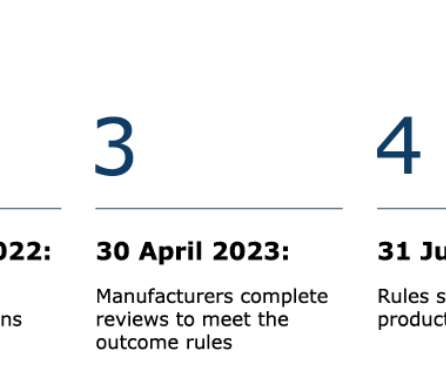Putting excess liquidity to work in today’s low-rate environment
Abrigo
OCTOBER 28, 2020
These times are different than the early 2000s or even 2006 to 2018 when economic activity was roaring, unemployment was low and financial institution liquidity was tight. There is the potential credit risk that the borrower may not pay us back. Credit Risk Management. Lending & Credit Risk.















Let's personalize your content